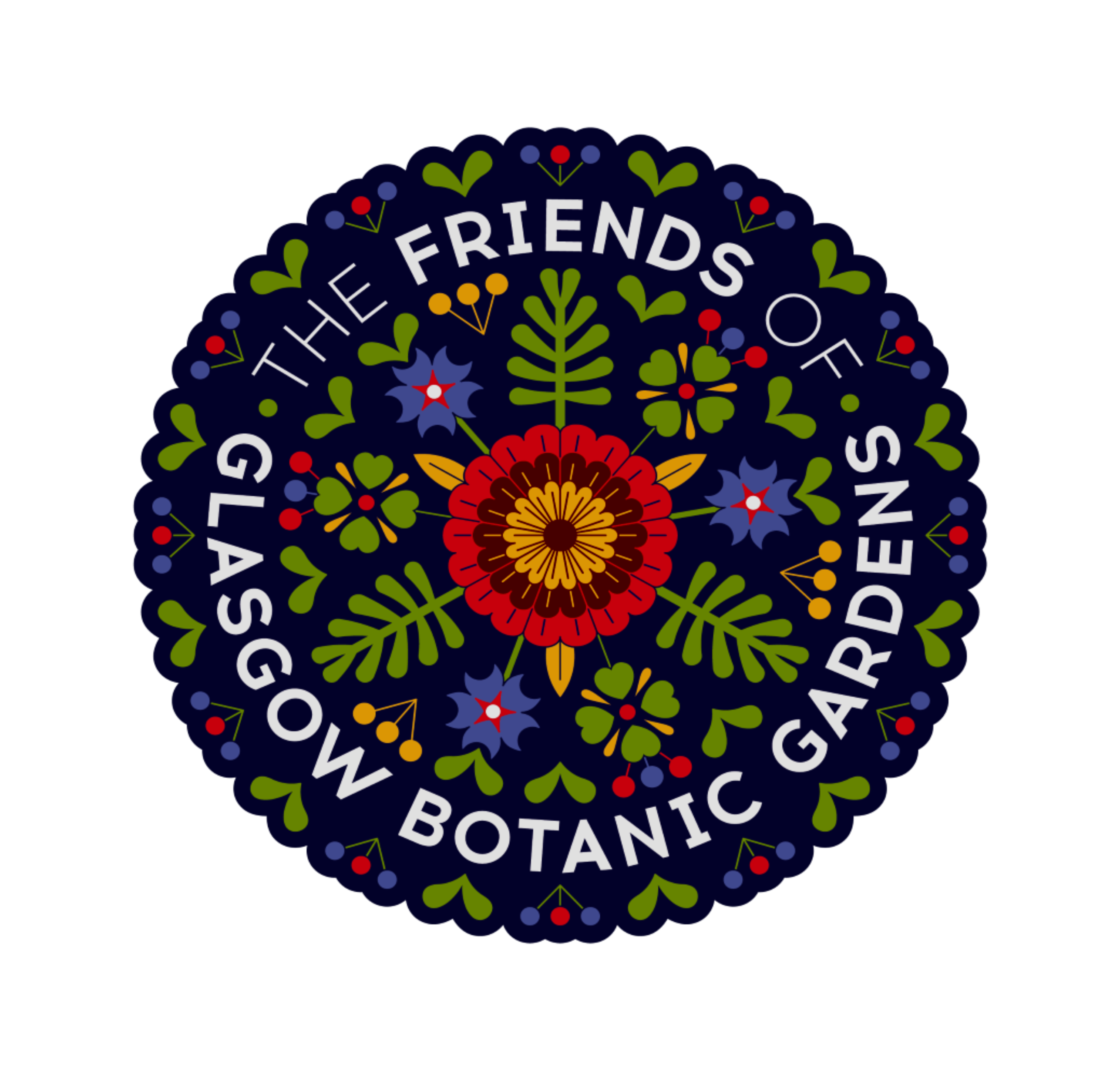English Oak
Quercus robur L.
Native Range: Widespread throughout Europe, Russia and parts of Central Asia.
- The tree is also called the French Oak or the Pedunculate Oak. The peduncle is the long stalk that attaches the acorns to the branch. The other common oak in Britain, the Sessile Oak (Quercus petrea) does not have this characteristic.
- ‘Robur’ refers to strength in relation to the timber. Historically, oak was used as the main construction material for the ships of the Royal Navy. Oak is still planted for forestry and produces a strong and durable timber that is used in interior finishes and furniture.
- Quercus robur supports the highest biodiversity of insect herbivores of any British plant with more than 400 species living on it.
- Although the trees are threatened by many diseases such as Acute Oak Decline and damage caused by insects such as the Oak Jewel Beetle (Agrilus biguttatus), Quercus robur has a conservation rating (IUCN) marked at ‘least concern’.
There are only a few oak trees in the main Gardens and in the arboretum but several mature specimens can be found along the Kelvin walkway/cycleway. Below are some diagrams and a description that should help you find more oak trees along the river:
Kelly, J., (1995) Hillier’s Gardeners Guide to trees and shrubs, David and Charles
Bean, W.J., (1989), Trees and Shrubs Hardy in the British Isles (8th edn) John Murray London
IUCN red list at www.iucnredlist.org
May, A. & Panter, J. (2000) A Guide To The Identification Of Deciduous Broad-Leaved Trees And Shrubs In Winter. Field Studies 9, 711-764.
